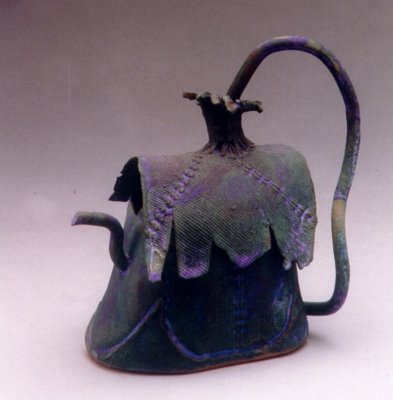


Arms Akimbo
ARMS AKIMBO
[Q] From Sharlene Baker, USA: “Since akimbo means ‘In or into a position in which the hands are on the hips and the elbows are bowed outward,’ why the redundancy of arms akimbo? And where did this unusual word come from, anyway?”
[A] It’s certainly one of the odder-looking words in the language. The first spelling recorded was in kenebowe, which turns up in a work called The Tale of Beryn that dates from 1400. This looks as though it ought to come from an Old Norse source that meant something bent into a curve, but it has never been found. (The last element in the word is essentially the same as our bow for a curve.) The phrase went through several shifts, variously being written as on kenbow and a kembo, arriving at our modern form in the eighteenth century.
Strictly speaking there’s no redundancy, as the word could in theory be applied to anything bent into a curved shape. But from the very earliest recorded references, it seems to have been used exclusively in reference to that characteristic position of the arms, so the phrase arms akimbo has for many years been a fossil idiom, with the redundant arms given respectability by convention.
Though at first it was a neutral phrase, the posture it describes is one that implies defiance, aggressiveness or confidence, and these emotions have become attached to the phrase. Charles Reade used it in The Cloister on the Hearth: “Suddenly setting her arms akimbo she told him with a raised voice and flashing eyes she wondered at his cheek sitting down by that hearth of all hearths in the world”; and Anne Brontë wrote in The Tenant of Wildfell Hall that “Mr Hattersley strode up to the fire, and interposing his height and breadth between us and it, stood with arms akimbo, expanding his chest, and gazing round him as if the house and all its appurtenances and contents were his own undisputed possessions”.

No comments:
Post a Comment